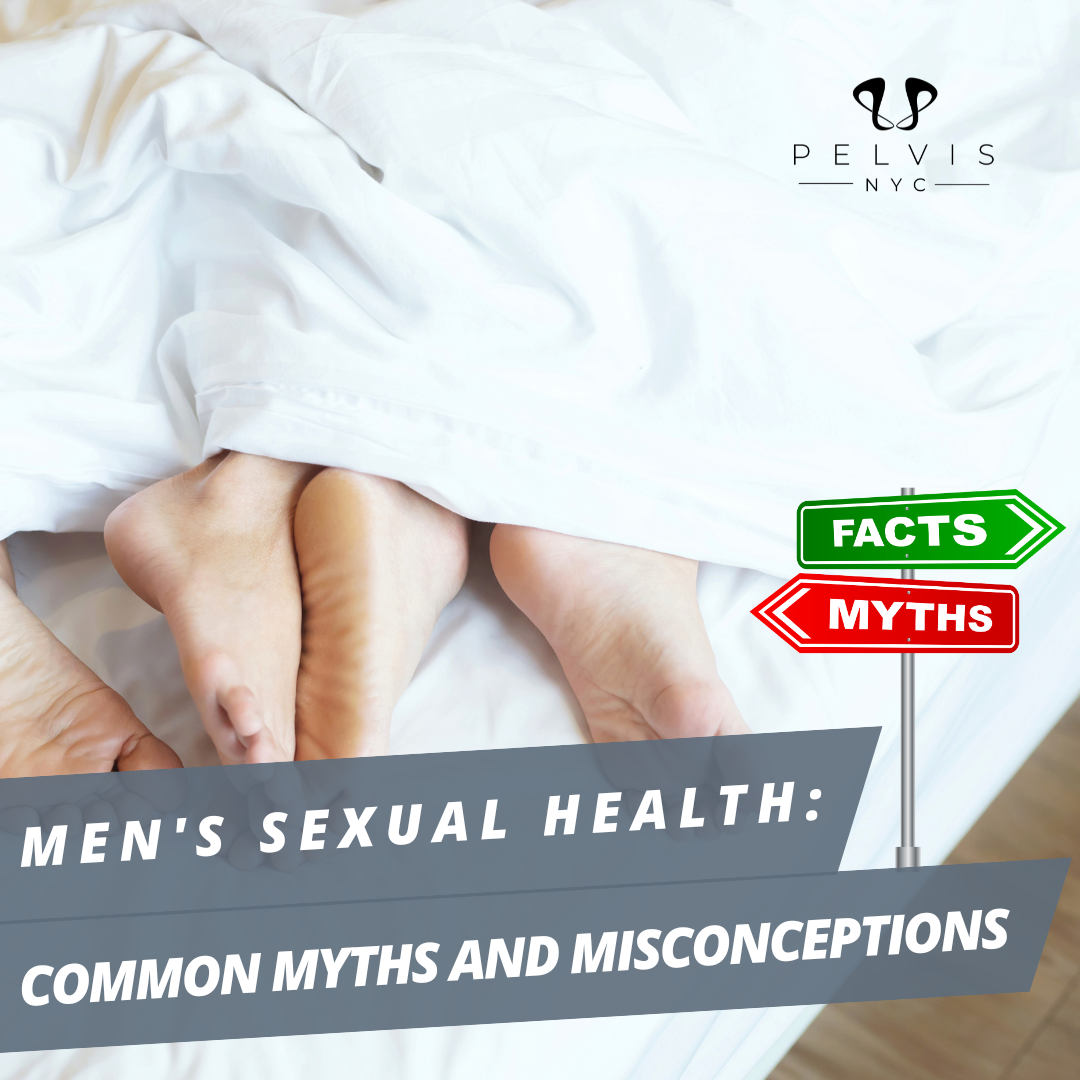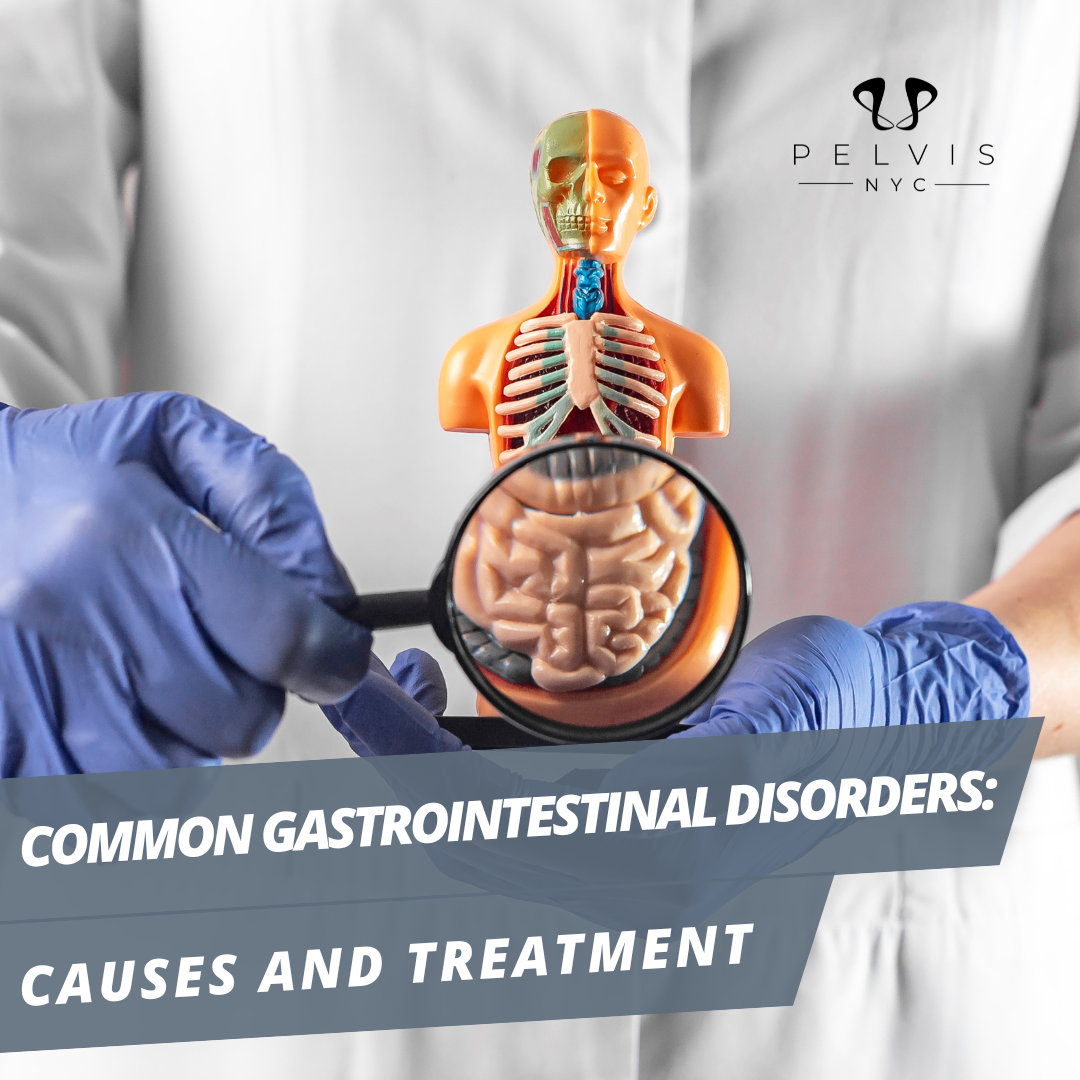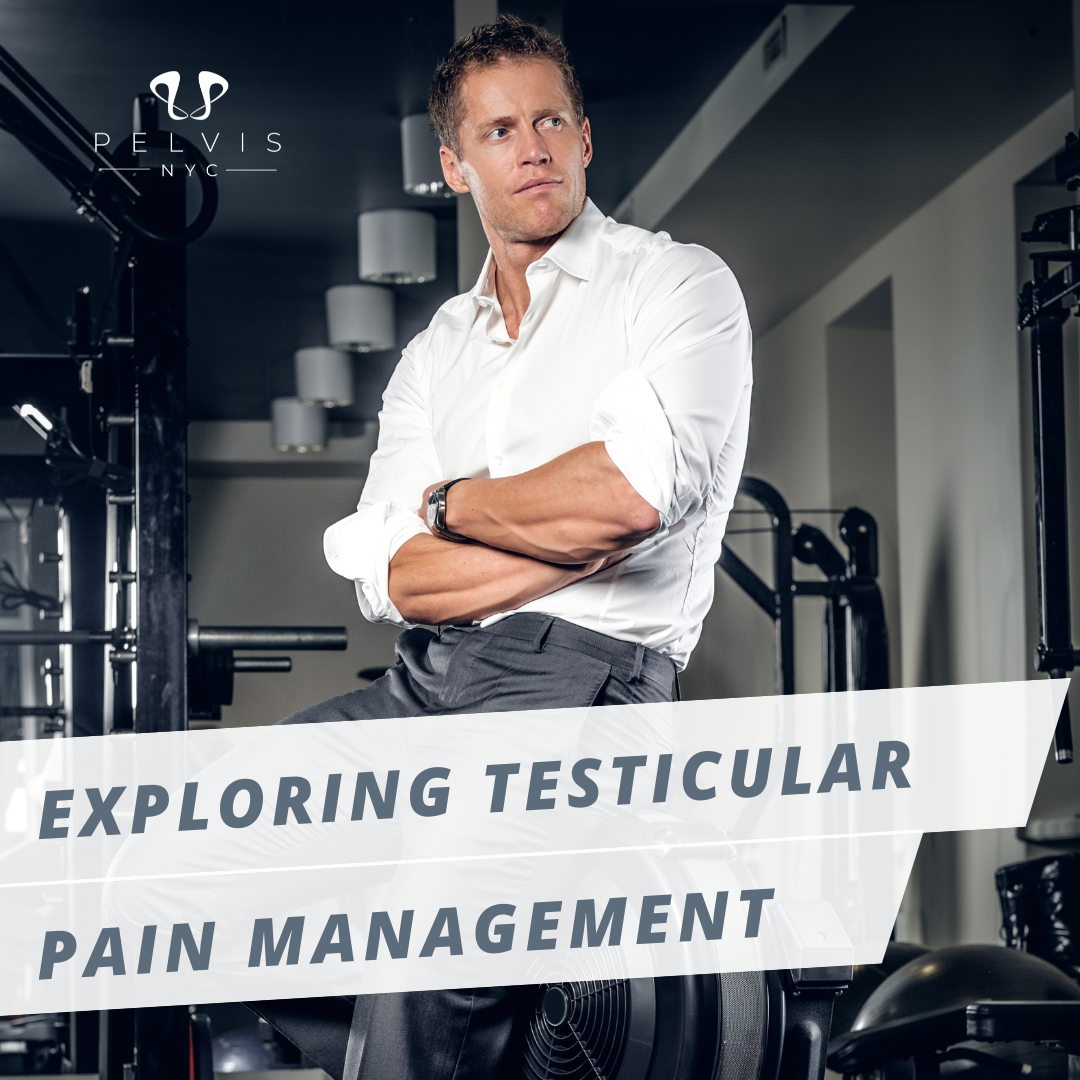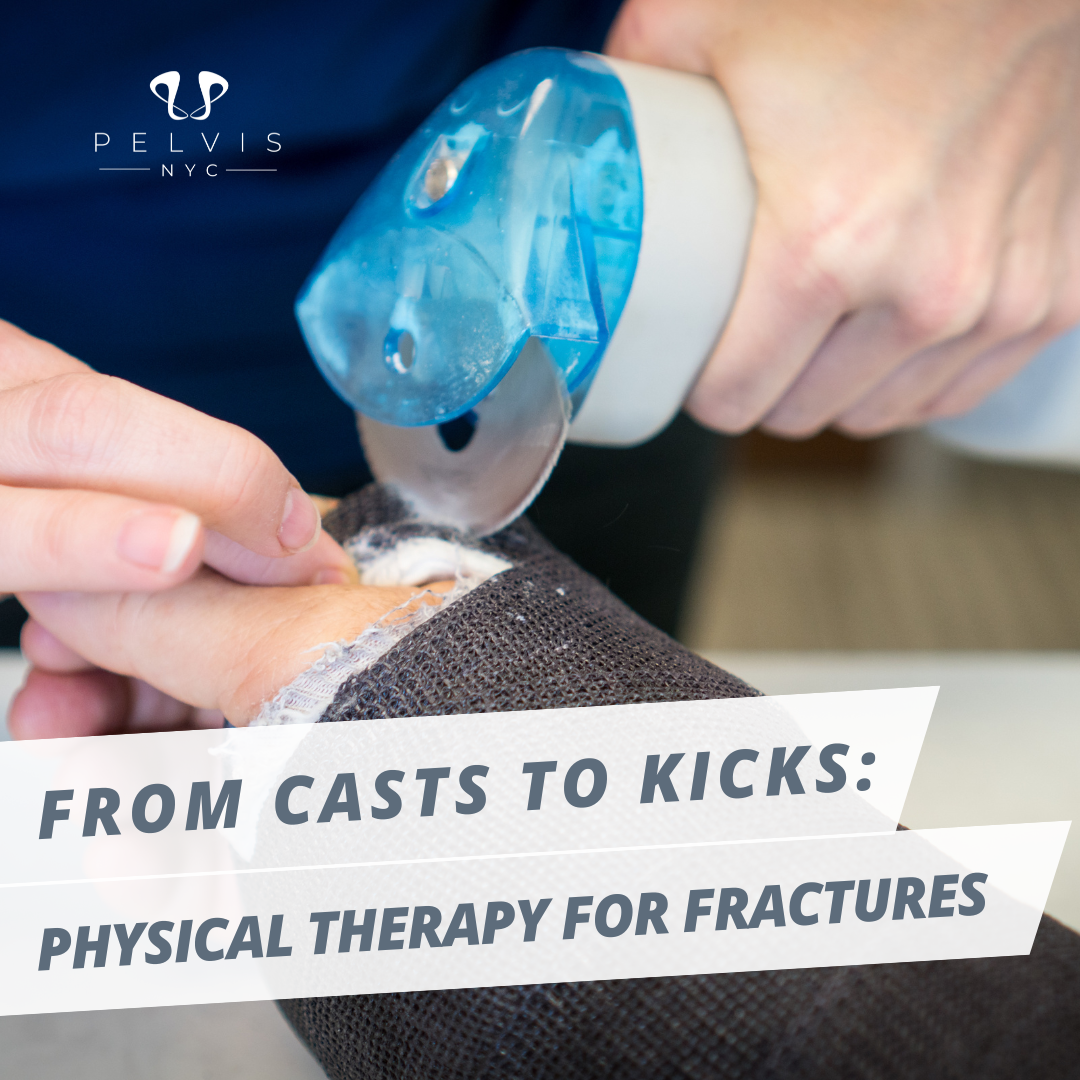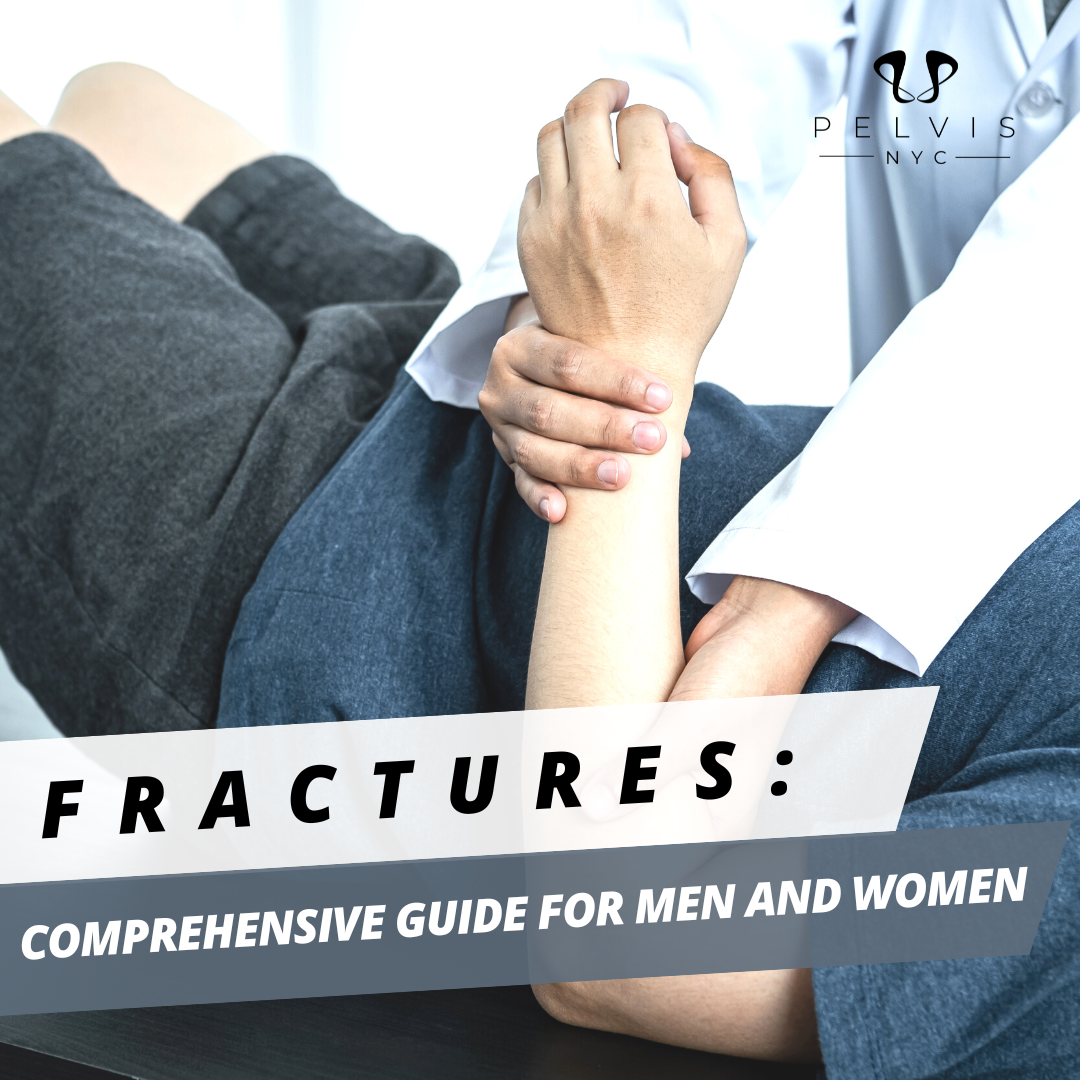In our previous discussion, we tackled some common myths and misconceptions about men’s sexual health. Today, we’re going to dive deeper into a crucial topic: male sexual dysfunction. It’s a topic often surrounded by silence and stigma, but it’s essential to shed light on it. As your virtual physical therapist and fellow guy, let’s explore the causes and solutions for this common issue.
Definition of Male Sexual Dysfunction?
First things first, what is male sexual dysfunction? Simply put, it’s a condition where a man has difficulty achieving or maintaining an erection, ejaculating too quickly (premature ejaculation), or experiencing a decreased desire for sexual activity. It’s more common than you might think and can happen to men of all ages.
Causes of Male Sexual Dysfunction
Understanding the root causes is crucial. Male sexual dysfunction can result from various factors:
- Physical Causes: These include chronic illnesses like diabetes or heart disease, hormonal imbalances, obesity, and even the side effects of certain medications.
- Psychological Factors: Stress, anxiety, depression, and relationship issues can significantly impact sexual performance and desire.
- Medical Conditions: Conditions affecting the blood flow to the penis, such as atherosclerosis, can lead to erectile dysfunction.
Solutions and Treatment Options
Now that we’ve explored the causes, let’s talk about solutions and treatment options. Remember, you’re not alone, and there are steps you can take to address male sexual dysfunction:
- Medical Evaluation: If you’re experiencing persistent issues, consult a healthcare professional. They can help pinpoint the cause and recommend appropriate treatments.
- Medications: While medications like Viagra or Cialis may be prescribed to help with erectile dysfunction, these should be used under medical supervision.
- Therapy: Psychological factors often play a significant role. Therapy or counseling can be highly effective in addressing performance anxiety and relationship issues.
- Lifestyle Changes: Maintaining a healthy lifestyle can make a big difference. In fact, regular exercise, a balanced diet, and managing stress can all contribute to better sexual health.
- Communication: Don’t underestimate the power of open communication with your partner. Discussing your concerns, needs, and desires can strengthen your relationship and improve your overall sexual experience.
- Physical Therapy: Don’t forget about the power of physical therapy! Pelvic floor exercises and other therapeutic techniques can help improve blood flow and muscle function in the pelvic area, as well as aid in treating sexual dysfunction.
Conclusion and Where to Ask for Help:
Male sexual dysfunction is a common issue that affects many men, and there’s no need to suffer in silence. Understanding the causes and exploring treatment options can lead to a more satisfying and fulfilling sex life. Also, remember that it’s essential to consult with a healthcare professional for personalized guidance. For inquiries, go to our website and get a FREE 15-minute teleconsultation.
In our next discussion, we’ll delve even deeper into specific aspects of male sexual health. Until then, keep the conversation going and prioritize your well-being. After all, a happy, healthy sex life is an important part of a fulfilling life.


